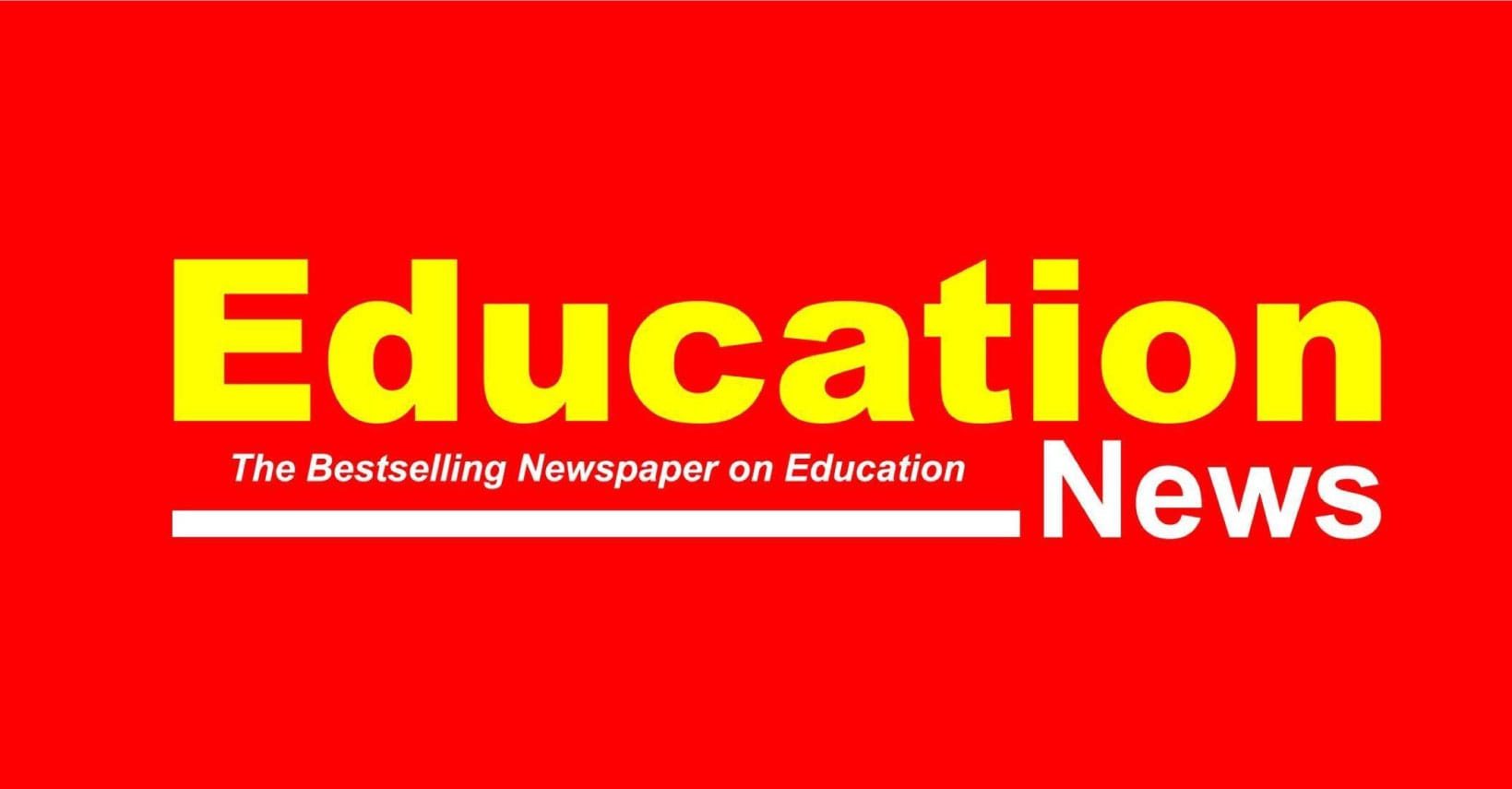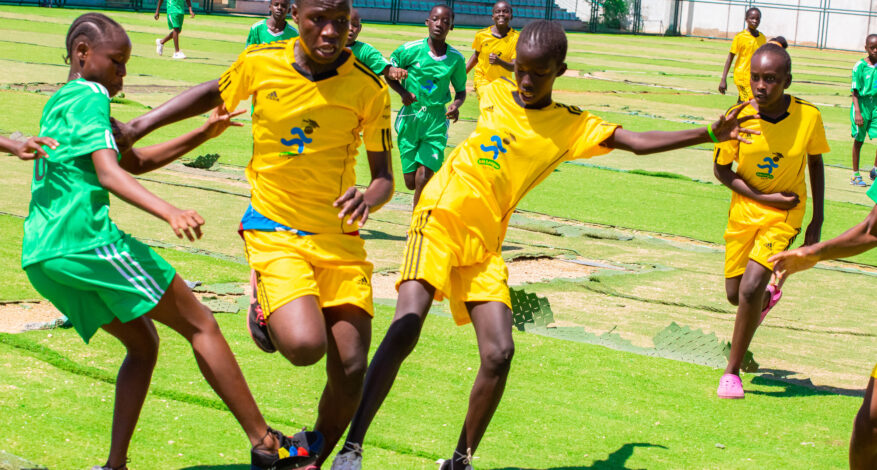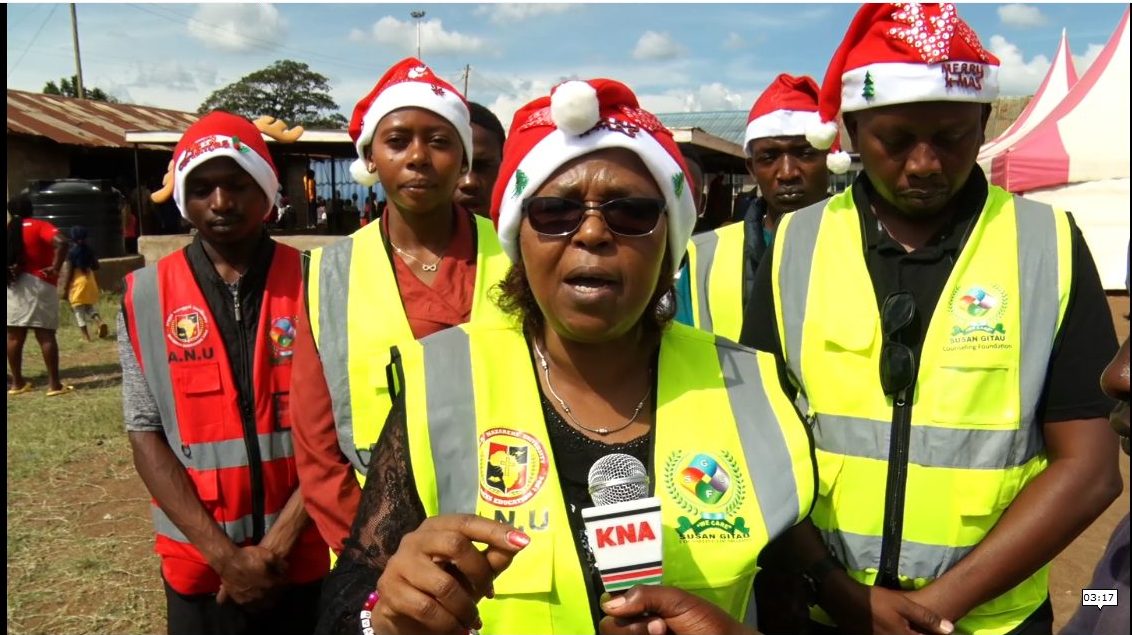Of all the learning resources I have visited, the CBC Gravity Centre stands out as a true model of Competency-Based Education (CBE). In more ways than one, it actualizes the practical elements outlined in textbooks – and conveniently places them under one roof. Not just that; it sequences these practicals chronologically, making it easier for learners to grasp concepts and teachers to deliver lessons with clarity. Today, I want to share with you the story of Duncan Arimi’s groundbreaking innovation – the CBC Gravity Centre and Resources. Come along.
The implementation of the Competency-Based Curriculum (CBC) in Kenya has redefined education, shifting focus from rote memorization to the acquisition of practical skills, values, and attitudes. As the country navigates this educational transformation, there is a pressing need for structured support systems that can anchor the efforts of teachers, learners, and institutions. One such emerging innovation is the CBC Gravity Centre – an educational nucleus designed to pull in and hold together all the moving parts of CBC implementation. The CBC Gravity Centre and Resources along the Eastern Bypass is a world-class initiative founded by Duncan Arimi. When learners and teachers visit the centre, they are transformed completely. These centres are increasingly becoming the heart of practical curriculum delivery, offering resources, guidance, and synergy to schools and stakeholders.
ALSO READ;
KUPPET secretaries demand halt to unauthorized SWA loan deductions
At its core, a CBC Gravity Centre is a dynamic resource hub where learning materials, teacher development tools, and curriculum support converge. It is more than a physical space; it is a living, breathing ecosystem that supports the ever-evolving demands of the CBC. Teachers in this curriculum are not just instructors – they are facilitators of learning. This role demands regular retraining, updated instructional resources, and peer support. The Gravity Centre provides such an environment. Within its walls, teachers can access current syllabuses, schemes of work, lesson plans, and assessment rubrics aligned with the learning outcomes developed by the Kenya Institute of Curriculum Development (KICD). Additionally, it cultivates professional learning communities where educators exchange ideas, reflect on practice, and co-design learning experiences.
For learners, the CBC Gravity Centre brings education to life. It transforms learning into a practical, hands-on, and collaborative process. The CBC expects learners to engage in activities that foster problem-solving, critical thinking, creativity, and communication. The centre provides kits, tools, and experiential stations where learners perform experiments, undertake creative arts, work on agricultural projects, and innovate in science and technology. These experiences move learning beyond theory, making it real, contextual, and aligned with 21st-century skills. Learners gain confidence, learn by doing, and internalize concepts that would otherwise remain abstract.
Another essential role of the Gravity Centre is its contribution to authentic assessment. CBC moves away from high-stakes, summative testing towards a model of continuous, formative assessment. Teachers are expected to evaluate learners through observation, project work, and performance tasks. However, this is a complex and time-consuming process, especially in classrooms with large numbers of learners and varying ability levels. The Gravity Centre simplifies this process. It provides sample projects, assessment templates, scoring rubrics, and portfolios that help teachers monitor progress accurately and give actionable feedback. It empowers educators to focus not just on grades, but on growth.
ALSO READ;
TSC approves registration of Great Lakes University education graduates
The role of parents and the wider community is another critical dimension where the Gravity Centre excels. One of the greatest challenges facing CBC implementation has been the lukewarm support from parents, many of whom feel sidelined or overwhelmed by the curriculum’s unfamiliar demands. The CBC Gravity Centre bridges this gap. It becomes a space for engagement, where parents are invited to understand the CBC framework, view learners’ work, attend exhibitions, and participate in open days. This visibility builds trust and creates a shared sense of ownership. Parents begin to see CBC not as an academic burden, but as a system that prepares their children for life.
Inclusivity is another strength of the CBC Gravity Centre. Many learners, especially those with special educational needs, require adapted materials, personalized instruction, and supportive environments. Unfortunately, most public schools lack the facilities and resources to serve these learners adequately. The Gravity Centre steps in to close this gap. It offers teachers access to Individualized Education Plan (IEP) templates, differentiated learning materials, and assistive tools that promote inclusion. It becomes a safe haven for all learners, regardless of their background or learning abilities.
Technology is deeply embedded into the design of the CBC Gravity Centre. With the rising importance of digital literacy, the centre provides access to online platforms such as the Kenya Education Cloud, KICD e-content, and other interactive learning tools. Learners can access simulations, digital libraries, and multimedia resources. Teachers can join webinars, download digital teaching aids, and collaborate with colleagues across the country. In an age where digital fluency is essential, the CBC Gravity Centre levels the playing field and brings 21st-century learning to the grassroots.
ALSO READ;
MPs hail Starahe Boys riders on a mission to raise funds for needy students
While the CBC Gravity Centre in Nairobi is an urban model, its principles are replicable even in rural and under-resourced settings. In fact, such areas need them most. Many rural schools operate with minimal infrastructure, teacher shortages, and scant access to quality learning materials. A community-based Gravity Centre serving a cluster of schools can be a game-changer. It becomes a shared learning and innovation hub where teachers train together, learners explore beyond the classroom, and curriculum officers provide focused mentorship. Such centres foster collaboration, improve standards, and close the resource gap between rural and urban schools.
But for these centres to thrive, investment is key. The Ministry of Education, county governments, NGOs, school boards, and well-wishers must recognize CBC Gravity Centres as essential infrastructure for educational reform. This means providing funding, equipment, staffing, and policy support. Without sustainable investment, even the most brilliant ideas risk fading into insignificance. Duncan Arimi’s model has shown what is possible when vision meets commitment. It is now time to replicate and scale.
In closing, the CBC Gravity Centre is more than a resource hub, it is a beacon of the future of education in Kenya. It embodies everything CBC aspires to: learner-centered instruction, practical skills development, inclusive learning, and community participation. Duncan Arimi’s vision has given Kenya a powerful tool to anchor and advance education reform. As teachers, parents, learners, and policymakers, it is our duty to support, promote, and expand this model so that no child is left behind and every learner in Kenya can thrive.
By Ashford Gikunda
You can also follow our social media pages on Twitter: Education News KE and Facebook: Education News Newspaper for timely updates.
>>> Click here to stay up-to-date with trending regional stories
>>> Click here to read more informed opinions on the country’s education landscape






